Catering ERP: How to Automate Your Catering Business
When most people think about the catering industry they think about food, buffets, event planning, corporate luncheons, and not necessarily all the hard work involved behind the scenes to run a catering business – unless of course you’re in the catering business. With so many different processes to keep track of - from assigning drivers for delivery, to designing menus, and choosing product for each order – it can be an organizational nightmare for companies trying to do this without the help of catering ERP software. Even though ERP software and automation may not be terms usually associated with a catering business, as technology continues to evolve, more and more businesses are able to benefit from ERP software systems to help streamline all their business processes.
Not many caterers think that they can benefit from a fully integrated ERP (inventory, accounting, contact management) system, but the reality is that running a catering business is similar to running any other business - even though there is specific functionality that will be unique to each catering company they will still need to manage their accounting processes, inventory and customers.
Recommended Reading: ERP Selection Survival Guide - Start the selection process to find the right catering ERP for your needs
In a highly fragmented industry, running a successful catering business essentially comes down to the relationships you’re able to build with your customers - that and of course the fact that you must serve good food. With ERP software in place to handle back-end processes, more time can be spent on working directly with customers and building those relationships. Catering ERP software will never be able to replace the human touch of preparing food, but it can help things run more smoothly in the back-end.
Below are some examples of useful ERP features to help caterers automate their business:
1. Order Configurators
Configurators in catering ERP are designed to automatically pick product for a specific order based on pre-determined criteria. The user can choose from a list of items or menu packages (such as a Corporate Luncheon package), which will already include specific menu choices such as sandwiches, salads and soups. The user then must quantify the order and add any parameters (such as allergies or vegetarian requests) and the configurators create a list of products at random for the menu. This saves employees the trouble of having to choose bread, fillings, sauces, etc. for each menu item and ensures that the menu will be safe for those with allergies or specific food preferences.
2. Automated Menu Creation
Automated menu creation allows caterers to create specific menus for each client. Instead of having to do this manually in Word and Excel, software will take information from the sales order and automatically insert it into a menu template to create an aesthetically pleasing and functional summary of the event/order. Users can also choose to add logos, event itinerary, images, and whatever other information is necessary to create each custom menu.
3. Beverage Inventory Sheets (Consumption)
Most catering businesses will have some variation of a beverage inventory sheet for tracking consumption. These sheets outline what shippers must pack for an event, and then how much of that product is returned (for example an event that is serving alcohol may only get charged for the amount of alcohol actually consumed). The sheets get automatically generated for picking and then when the sheets return, the information gets sent to billing and the final consumption amount is added to the customer’s invoice.
Fully completing a sale as a caterer, from when the order comes in to when the customer pays is a complicated process involving many people and several departments. The ability to simplify even just the process of choosing product by utilizing order configurators can save employees a lot of time and effort, reduce errors and ensure customers receive a variety of product each time they place an order. Once menu packages and beverage inventory sheets among other components are set up in an automated ERP system, the flow of information takes care of itself. This allows the focus to be more on the client side of the business and on creating and perfecting food options for customers – catering ERP provides a way to get noticed among the competition.
Free white paper
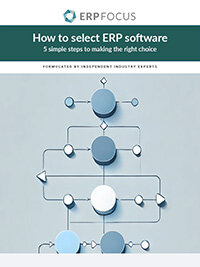
How to Select ERP
Learn to select your ERP in 5 easy steps by following our expert's advice
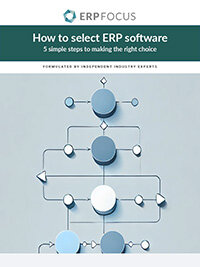
Featured white papers
-
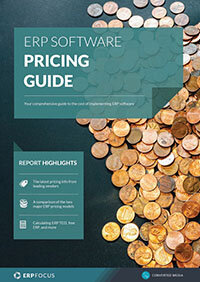
ERP Software Pricing Guide
Get the latest pricing information on over 80 popular ERP systems, and learn how to budget for your ERP project in our free guide
Download -
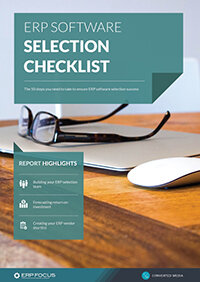
60-Step ERP Selection Checklist
Get the comprehensive checklist for your ERP selection project
Download -
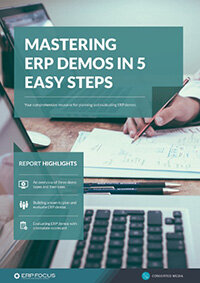
ERP Demo Guide & Scorecard
Master your ERP demo with 5 easy steps using our free guide (includes demo scorecard)
Download
Related articles
-
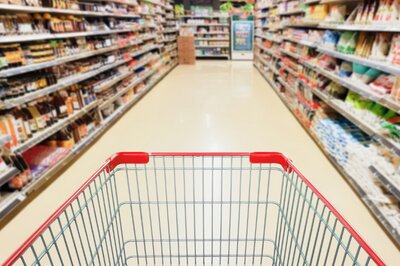
ERP for Food Distributors: Key Functionality
In a modern world where products are tailored to consumers, why should ERP for food distributors ...
-
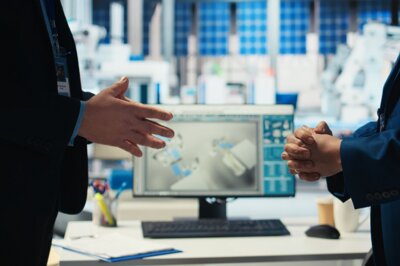
Secret KPI: Why Your ERP Implementation Team Matters More Than Software
Learn how Godlan ensures successful ERP implementation for manufacturers with proven strategies &...
-
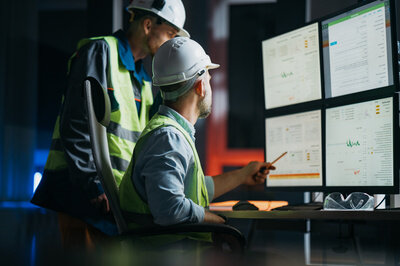
The best ERP systems for process manufacturing
Consider these ERP systems when selecting your next process manufacturing ERP

